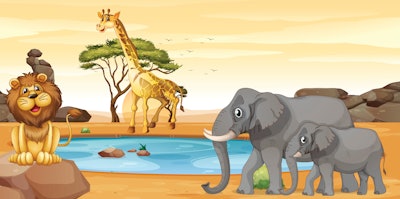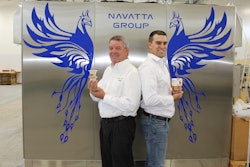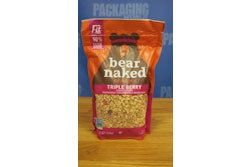
Let’s do a quick experiment. Close your eyes for a moment and imagine the most idyllic place you can think of. Look around and take note of your surroundings. What did you see? Chances are you imagined a landscape, a wide-open space, generally uncluttered but with signs of life here and there—some trees, maybe a lake, a few animals, perhaps even some rolling hills or mountains in the distance. Did you go tropical instead? If so, you still had your landscape in the vastness of the horizon at the ocean’s outer edge, palm trees, a river or creek, and of course birds, crabs, and other signs of beach life. Either way, the landscape was largely simple and uncluttered, not the typical everyday environment for most of us.
This wide open landscape is known as the Savanna Preference or Savanna Hypothesis, and it’s not surprising that it shows up in packaging designs. Many different studies have been conducted over the years, with subjects young and old, in countries around the world. In each, participants were shown photographs, paintings, or other representations of five different types of environments: a desert, a savanna, and three types of forests—a deciduous, a coniferous, and a rain forest. By and large, no matter their age or country of origin, the majority of participants preferred the savanna option over the others, even if they had never visited one or traveled outside of their native country or town.
Surprising? Probably not. It makes sense that adults would prefer a savanna-type environment. Consumers want to get away from everyday hecticness and just relax and not have to think about things quite so hard. So we should design packages that encourage their brains to sigh in contentment when they look at them. If looking at the package makes them smile in relief, then the enclosed product may be perceived as more appealing and have a higher probability of purchase. What you probably didn’t know is that the preference for savanna environments is inherently stronger in children.
It has been argued that we evolved into preferring savanna-like environments millions of years ago. Savannas provided the necessary elements for living: plant life, animals, water, and a means for creating shelter. But they also provided what was needed to survive against predators: unobstructed views (to see), concealed areas (to hide), and paths of retreat (to escape). Adults have learned that a savanna environment is not needed for survival, but children have not, so why not use that to your advantage when designing your next package?



























